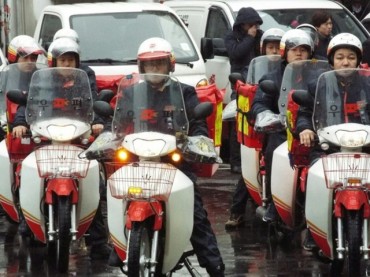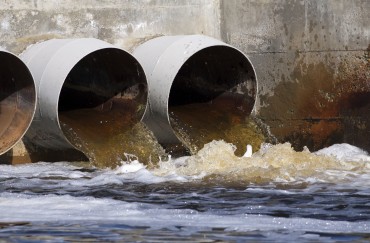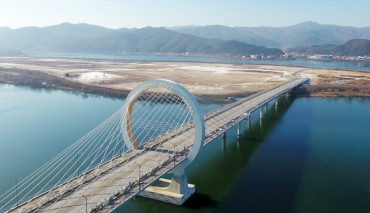
“They’re adults, but their passion for education is unparalleled, which came to us as a surprise.” (image: KobizMedia/ Korea Bizwire)
SEOUL, Jan. 13 (Korea Bizwire) – South Korea’s urbanization has left very few young people and children in rural areas. This has naturally led to a declining number of students at elementary, middle, and high schools outside of urban areas, many of which have been closed down, with some of the empty buildings now serving other purposes, such as lodging for travelers.
However, there are still schools that are desperately trying to stay alive, with some of them even enrolling elderly students to keep programs running.
Youngju High School in Goheung County is one of these schools, and has just turned the corner with nine county residents in their 50s and 60s deciding to enroll for the new school year.
The new students were formerly enrolled at the Goheung Life Long Education Center, an education facility for adults. The brave nine decided to embark on a new educational endeavor at Youngju High after getting word of the school’s troubles.
Most of these “students” are farmers, and given their circumstances, the school decided to make exceptions for their “absences” during the busy periods of the farming season.
Similarly, Hyeon Seo High School in Cheongsong County also saw a dramatic reversal of fortunes when nine county residents, ranging from their 20s to 50s, chose to enroll. The new students had never received a high school education, an official said.
“They’re adults, but their passion for education is unparalleled, which came to us as a surprise,” said principal Lee Kang-sun. “I thank all of them for their commitment when we were going through our most difficult times. We’ll do our best to accommodate their needs.”
Bongam Elementary in Gochang County is actively enrolling adults, including elderly residents and even foreigners, who never got a shot at primary education. In 2015, two 73-year-olds, Park Hee-soon and Han Young-ja, began the elementary school curriculum alongside the county’s 8-year-olds.
Park Bo-ram, a 29-year-old immigrant who married to a local and moved to Korea, is also enrolled at the school.
Geumseo Elementary in Sancheong County, which had five elderly women in their 60s and 70s enroll as first graders last year, and Hadong County’s Gojeon Elementary, with eight elderly students now in their fourth year after enrolling in 2013, are other examples of schools embracing those with a passion for education, regardless of their age.
Meanwhile, there are also schools in rural areas that are offering unique programs with a differentiated approach to appeal to more diverse student body.
Sapyeong Elementary School in Hwasun County recently hung a massive banner in front of its front gate, and school officials handed out fliers to round up first graders for the 2017 school year. Emblazoned across the banner were slogans such as “eco-friendly, healthy school” and “Korea’s top 100 most beautiful schools,” and the school also pledged 300,000 won ($254) in scholarships to students who enroll and graduate.
The school plans to cover the cost of field trips for its fifth and sixth graders as well, while offering all students free after-school programs in subject areas including English, piano, golf, and taekwondo.
Such endeavors have paid off for some of the countryside schools.
Geosan Elementary in Asan saw its student body dwindle to only 30 in 2001, and was facing imminent closure. But the school somehow managed to survive, with the student population slowly growing to reach the current 108.
According to staff, the secret was in a curriculum focusing on the “physical experience” of study materials.
Some of the classes implemented were ecological workshops, taking advantage of the school’s nearby environment, a literature class, and culture and arts studies. Students also have to write monthly observation reports of plants and vegetation that they grow in the schoolyard.
“Every morning, they have a literature class, and we enforce a one-student-one-instrument (musical) curriculum, which both the students and their parents appreciate very much,” said an official. “We even have some parents sending their kids from afar, including Cheonan, which is an hour drive.”
By Kevin Lee (kevinlee@koreabizwire.com)






